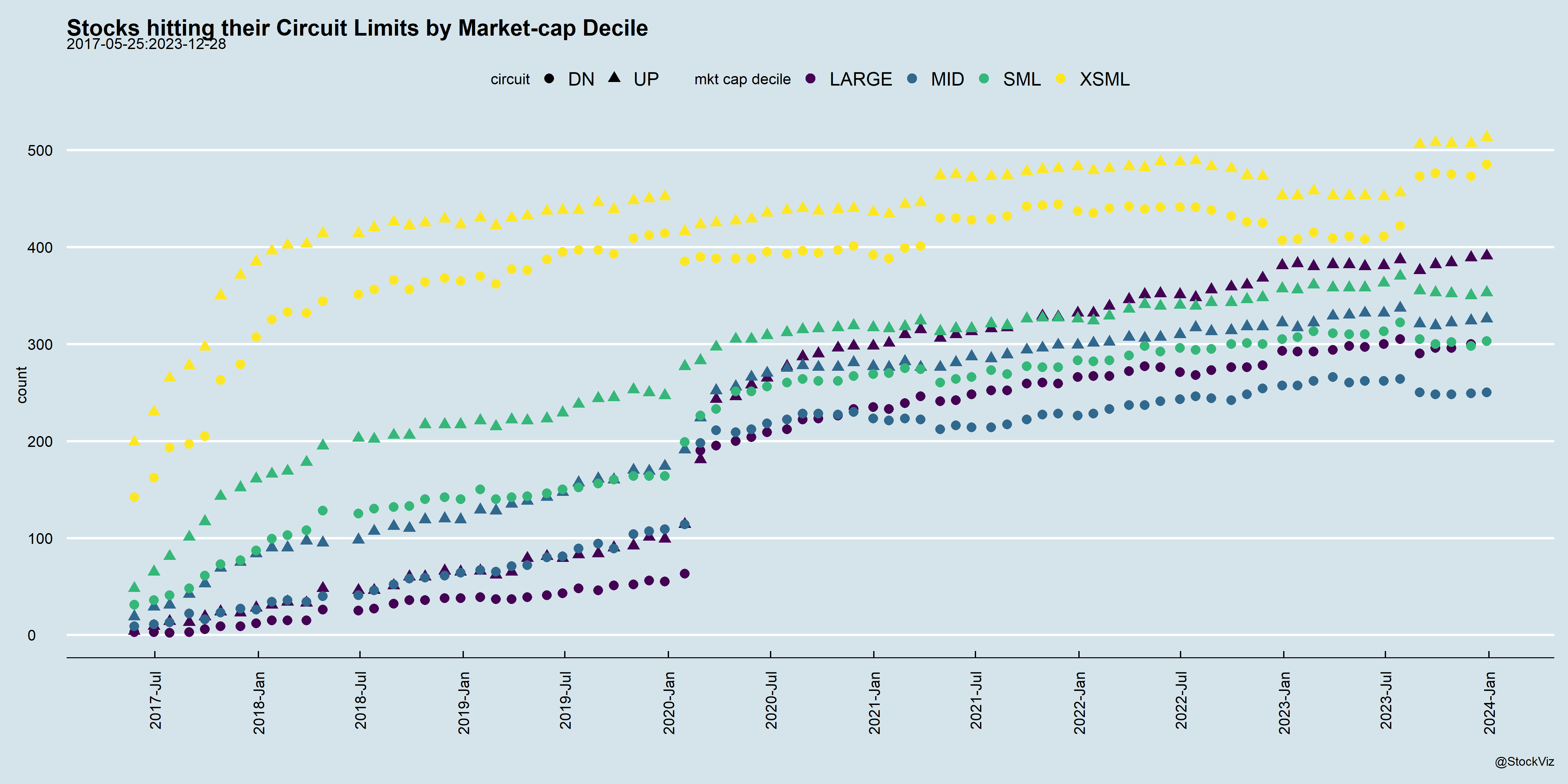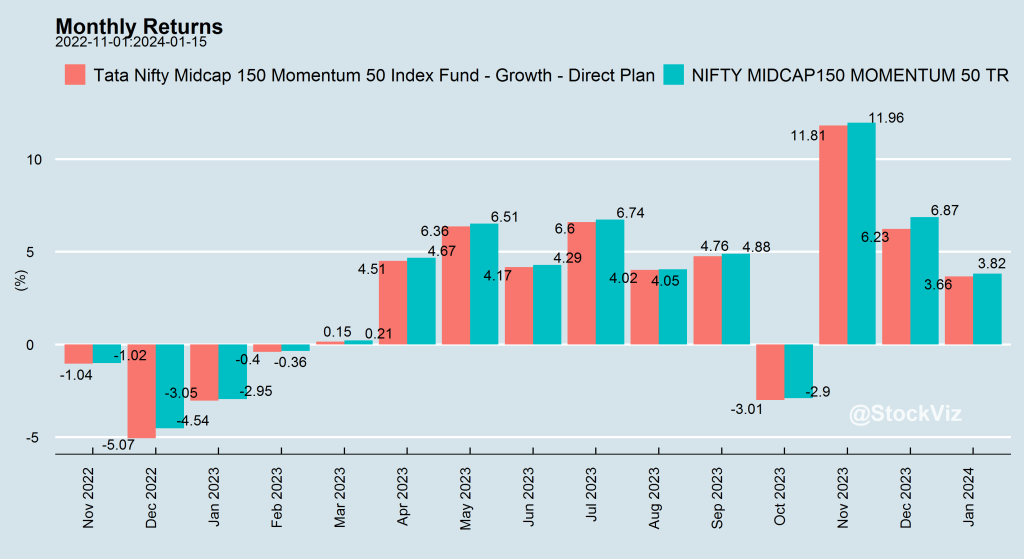Typically, trend-following systems span multiple asset classes in order to reduce correlations. There could be a case for applying a trend-following system over equities and commodities in India. However, not all commodities trade and activity profiles can be vastly different.

It appears that most of the trading activity at the MCX occurs between 6pm and 9pm.

Not all listed commodities trade…

… and most of the activity centers around silver and natural gas – two of the most volatile commodities.
It maybe worthwhile to add at least some of these tickers into the mix and measure their effect on trend-following portfolios.














